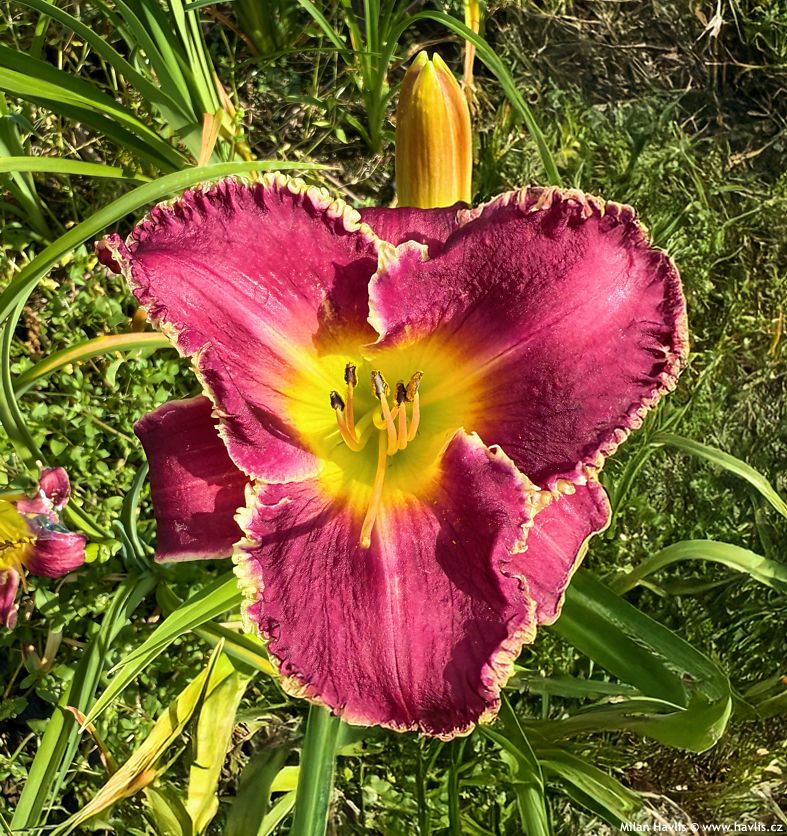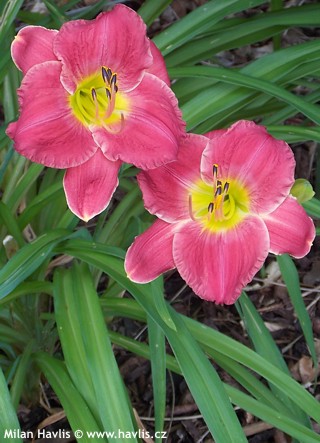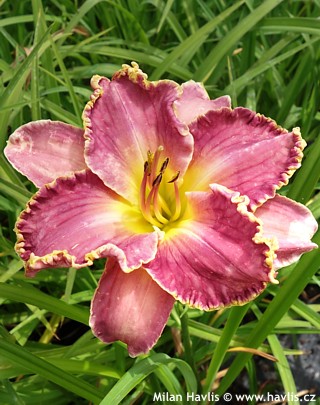Hemerocallis 'BETTYLEN' daylily (tetraploid)
Hemerocallis
The genus Hemerocallis comprises approximately 15 species of herbaceous perennials in the family Asphodelaceae, native to East Asia—particularly China, Korea, and Japan. These plants are characterised by grass-like leaves, fleshy rhizomes, and flowers that open for just a single day. This fleeting bloom cycle gave the genus its name: from the Greek “hemera” meaning day and “kallos” meaning beauty. The first botanical description was published by Carl Linnaeus in 1753, although some species had been cultivated in Asia for thousands of years. Daylilies appeared in Europe as early as the 16th century, but the true breeding boom came in the 20th century in the United States, where thousands of cultivars were developed in an astonishing range of colours, shapes, and sizes.
Daylilies have gained popularity not only for their low maintenance but also for their poetic link to the rhythm of the day. A flower opens in the morning and fades by evening—like a fleeting wink of summer. In China, certain species were used as medicinal plants, and their flower buds are still added to traditional dishes. In Korea, daylilies symbolised motherhood, while in Japan they appear in poetry as metaphors for transience. In temperate gardens, they became cherished perennials thanks to their ability to bloom throughout summer with minimal care. And although each flower lasts only a day, the plant produces so many that the garden appears in full bloom for weeks on end.
Bettylen daylily immediately draws attention with its large, approximately 13 cm wide flowers in a rich purple hue, edged with striking creamy white margins that are delicately ruffled. The throat is yellow-green, creating a vivid contrast that adds depth and luminosity to the bloom. It flowers in early summer, typically from June to July, and belongs to the group of rebloomers – cultivars that can flower again under favourable conditions. The blooms appear atop about 55 cm tall scaes, rising above a compact clump of arching, grass-like foliage. Each scape can carry up to 15 buds, ensuring a long flowering season. This is a tetraploid, deciduous cultivar with excellent tolerance to heat and humidity.
This cultivar was introduced by American hybridizer James Hall of Florida, who registered it in 1993. Hall specialized in bold colour combinations and reblooming types that offered not only ornamental value but also practical use in landscape design. ‘Bettylen’ was named after his wife Betty and daughter Len, reflecting a personal connection to the plant and a family tradition of breeding. Hall’s work is appreciated for its focus on fragrance, bloom resilience, and the plant’s ability to thrive in the challenging conditions of the southeastern United States, where heat, humidity, and intense sun are the norm.
Daylilies have strong, lush green foliage that decorates the garden from spring to winter, unlike bulbous plants that fade after flowering. They are generally free from pests and diseases, although slugs may attack them if nothing tastier is nearby. Provide full sun or light shade, and for more abundant flowering, apply a light fertilizer in spring. They tolerate almost any soil, even dry conditions, though they thrive best in moist ground. Suitable for outdoor containers as well. After flowering, the entire clump can be trimmed or older, tired leaves thinned out. Leaves may also be removed at the end of the season, though this is optional – the plant manages well on its own. Fully hardy down to –40 °C (USDA zone 3).
Last update 11-11-2025
Goods are shipped all over Europe. For Russia and U.K. and for further details please read about SHIPPING OPTIONS HERE.
Are you interested in a serious discount for orders NOV-FEB? Check your options here.
THE PRICES INCLUDE VAT of 15%. For quick conversion you can use 1 CZK = approx. 0.04 EUR
- STANDARD QUALITY - Plants of this group are 1st class quality with number of branches and overall density adequate to their size and age, considering they were container grown.
- DE LUXE QUALITY - This label guarantees a luxurious quality of manually selected plants that, compared to their height and age, are exceptionally dense and beautiful.
- EXTRA - These plants are usually mature and bigger specimens with exceptional overall appearance.
- STANDARD (as described in the plant form) means a tree with a trunk of 190-210 cm and a crown at the top, unless specified differently. The commercial size for trees is their girth measured in the height of 1m from ground.
- HOBBY - These plants are of the same quality as our standard-quality plants but younger and therefore cheaper.
- SHRUB - a woody plant with branches growing bushy from the ground level.
- HALF-STANDARD or MINI-STANDARD - a small tree with shorter trunk, its size is usually specified.
- FEATHERED - These are trees with branches growing already from the base of the trunk and up along the stem.
- GRASSES and PERENNIALS - Sizes given usually read the diameter of the pot or the clump, as specified.












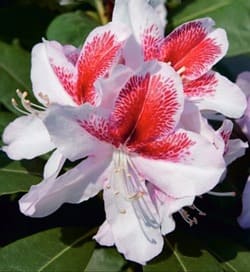




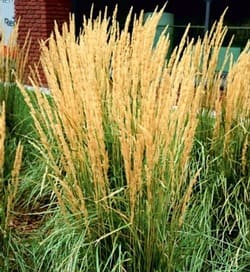
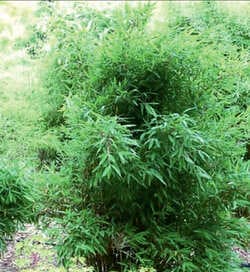
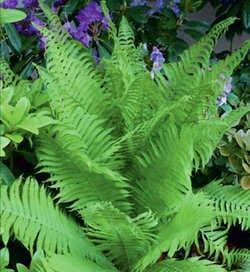




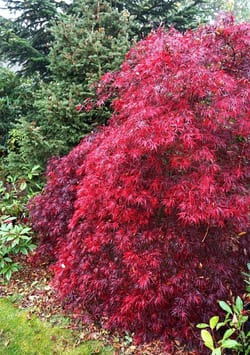
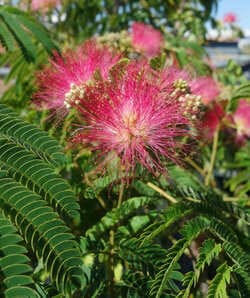
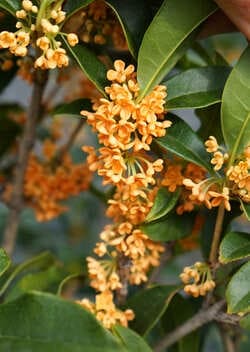



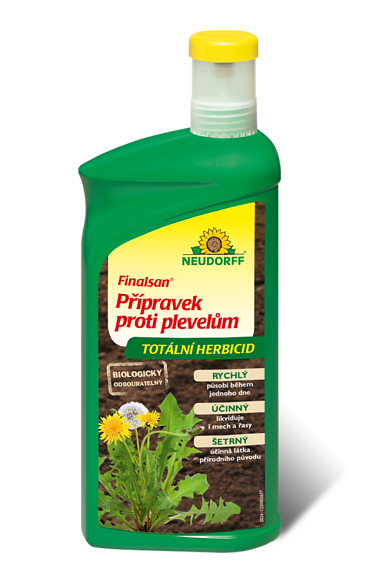


.jpg)
